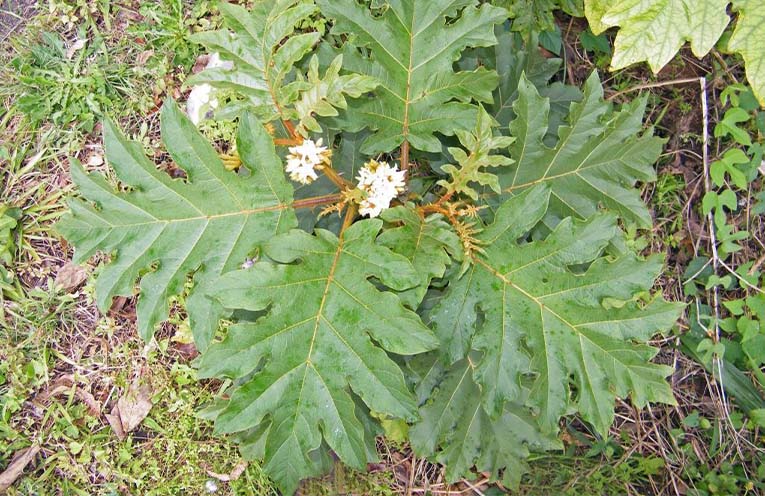
NORTH Coast landholders are being urged to be vigilant for Giant Devil’s Fig (Solanum chrysotrichum), an introduced and highly invasive woody weed.
It is problematic in grazing lands, waterways, forests, roadsides, parks and gardens and is found primarily in the coastal areas of northern and central New South Wales.
 Advertise with News of The Area today.
Advertise with News of The Area today.It’s worth it for your business.
Message us.
Phone us – (02) 4981 8882.
Email us – media@newsofthearea.com.au
“Preventing the spread of Giant Devil’s Fig is critical for protecting both our agricultural productivity and our native ecosystems and we urge all residents and landowners to take proactive measures to identify and control this invasive weed,” said Ashley Donges, North Coast Local Land Services (LLS) Regional Weed Coordinator.
North Coast LLS said Giant Devil’s Fig competes with desirable pasture species, having a direct impact on productivity and costs for producers.
The plant also contains toxins that can harm livestock if consumed in large quantities.
The sharp prickles can injure people and animals and impede access to stock water, while the weed forms dense thickets which outcompete native plants.
To identify Giant Devil’s Fig, look for a shrub or small tree up to four metres tall.
It has prickly stems and leaves that are very hairy when young and it has small, white star-shaped flowers that grow in clusters from autumn to spring, producing round berries that turn yellow or orange-yellow.